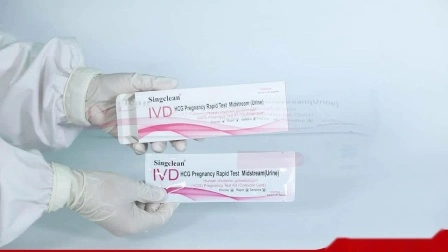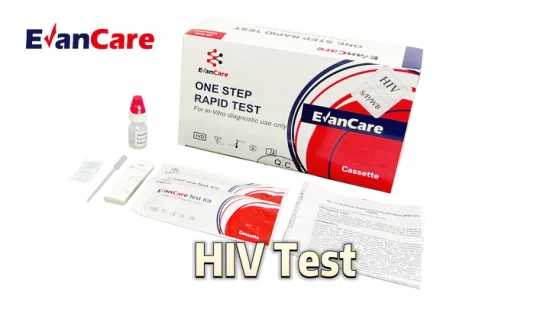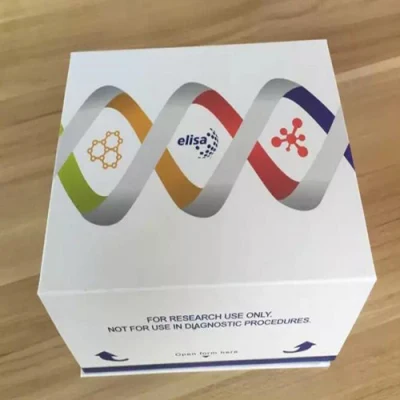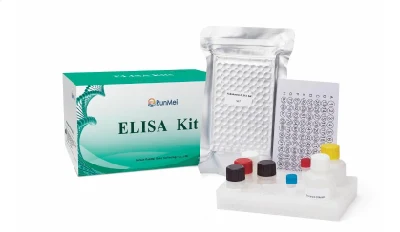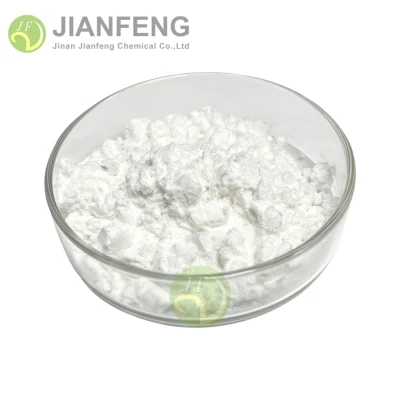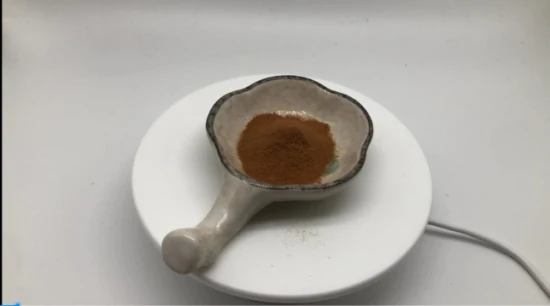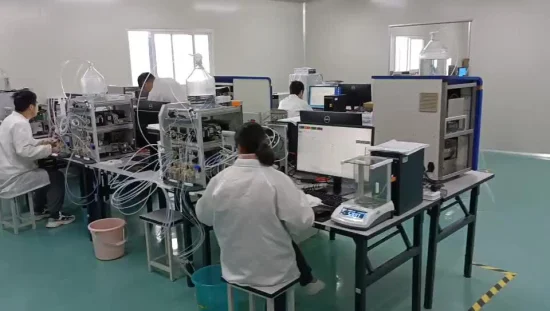
Sepapure Q FF6 5 Ml, Strong Anion Exchange Separation Column
Sepapure Protein A FF 1 ml, for antibody purification Prepacked 1 ml, 100 µm, 3 bar The Sepapure ® FPLC column line offe
Send your inquiryDESCRIPTION
Basic Info
| Model NO. | Q FF6 |
| Energy Resolution | N/a |
| Certification | CE, ISO |
| Spectrometer Detector | UV |
| Stationary Phase | Solid Adsorbent |
| Mobile Phase | Liquid |
| Chromatography Type | Liquid Chromatography |
| Chromatographic Column Type | Convetional Analytical Column |
| Chromatographic Column Length | ID16*25mm |
| Chromatographic Column Diameter | ID16*25mm |
| Separation Result | Good Alternative |
| Recommend It to Any Lab | Yes |
| Transport Package | Wooden |
| Specification | 200*80*80cm |
| Trademark | Good Science |
| Origin | China |
| HS Code | 90272012 |
| Production Capacity | 200000 PCS Per Year |
Product Description
Sepapure Protein A FF 1 ml, for antibody purification
Prepacked 1 ml, 100 µm, 3 bar
The Sepapure® FPLC column line offers high-quality alternatives for Size-Exclusion (SEC), Affinity (AC) and Ion-Exchange chromatography (IEX). The FPLC column line is completing the KNAUER FPLC portfolio and provides the best LC column addition to your FPLC system.
The FPLC columns come as prepacked ready-to-use 5 ml cartridge and can also be purchased as bulk resin. The media for affinity chromatography as well as ion-exchange chromatography is based on agarose, which is very proven in FPLC chromatography.
For affinity chromatography the agarose solid phase is functionalized with ligands for purification of recombinantly expressed proteins with His- or GST-tags or antibodies via Protein A or Protein G affinity. The Ion-Exchange columns can be purchased as weak and strong anion or cation exchangers. The basis of our FPLC desalting column is dextran, which reliably separates small molecules and salts from valuable proteins.
With these materials, the Sepapure FPLC columns are the best matching biochromatography columns to your precious FPLC system, giving you the complete and reliable FPLC package.
Sepapure Protein A FF 5 ml, for antibody purification Prepacked 5 ml, 20-50 µm, 3 bar Sepapure for desalting or bufferexchange of protein samples
Pressure Rating :3bar | |||||||||||||||||||

Comparison of ion exchange columns
Ion exchangers are used in a variety of protein purification protocols. This application compares equivalent columns, a weak and a strong anion exchanger as well as a weak and a strong cation exchanger from two different vendors.
The columns were comparable in all assessed cases.
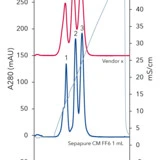
Comparison of two column sets for antibody purification in an automated two step purification process
This application compares the automated purification of antibodies with the AZURA Bio-Two Step Purification System with different columns. Capacity and yield of the purified proteins were compared and revealed no significant differences in the performances of the two investigated column sets.
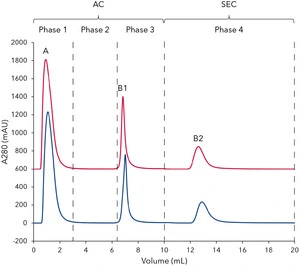
Separation of proteins with anion exchange chromatography on Sepapure Q and DEAE
Ion exchange chromatography is one of the most widely used FPLC techniques for protein separation and purification. Depending on the charge of the sample and the resin cation or anion exchange chromatography is used. This application describes an easy separation of model proteins and explains how anion exchange chromatography works.
Separation of proteins with cation exchange chromatography on Sepapure SP and CM
Ion exchange chromatography is one of the most widely used FPLC techniques for protein separation and purification. Depending on the charge of the sample and the resin cation or anion exchange chromatography is used. This
application describes an easy separation of model proteins and explains how cation exchange chromatography works.
Size exclusion chromatography (SEC), separates molecules on the basis of size differences.
We offers desalting columns for group separations of large molecular weight biomolecules from small molecular weight compounds.
Related Products
-
![China Supplier Wholesale Olivanic Acid Buik Powder with Top Quality in Stock CAS 491-72-5 Olivanic Acid]()
China Supplier Wholesale Olivanic Acid Buik Powder with Top Quality in Stock CAS 491-72-5 Olivanic Acid
-
![Hot Sale Caldaro Joystick Wireless Long Range Industrial Remote Control for Crawler Tractor]()
Hot Sale Caldaro Joystick Wireless Long Range Industrial Remote Control for Crawler Tractor
-
![Pure Natural Skullcap Extract Scutellaria Baicalensis Extract 80%-92% Baicalin]()
Pure Natural Skullcap Extract Scutellaria Baicalensis Extract 80%-92% Baicalin
-
![Herbway Botanical Powder 4% Chicoric Acid Echinacea Angustifolia Echinacea Purpurea Extract]()
Herbway Botanical Powder 4% Chicoric Acid Echinacea Angustifolia Echinacea Purpurea Extract



